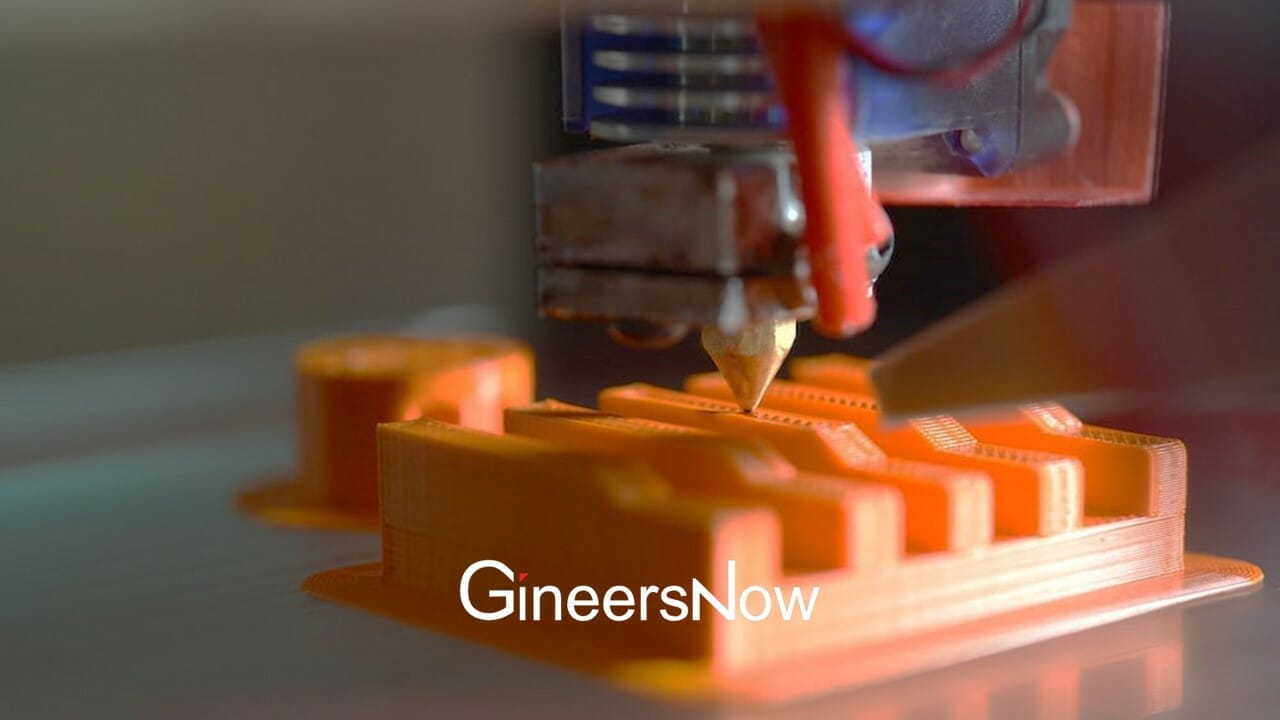Researchers at the University of Nottingham have found a new method on how to rapidly 3D printing fully functional electronic circuits. The circuits contain electrically-conductive metallic inks and insulating polymeric inks. They can now be produced via a single inkjet printing process wherein a UV light rapidly solidifies the inks.
This new breakthrough can be utilized by the electronics manufacturing industry for them to be able to produce fully-functional components like 3D antennae and fully printed sensors from multiple materials which include metals and plastics.

Source: University of Nottingham
This new technique is a combination of 2D printed electronics along with Additive Manufacturing (AM) of 3D printing–which is based on layer-by-layer deposition of materials to create products. This new method solves many challenges in manufacturing functional devices which have plastic and metal components in complex structures, wherein different methods are needed to solidify the materials.
Source: YouTube, Ehab Saleh ايهاب صالح
Methods that are currently existing only make use of one material which limit the functionality of the printed structures. By making use of two materials like a conductor and an insulator, will expand the range of functions in electronics.
The new method speeds up the solidification process of the conductive inks to less than a minute per layer. In older processes, this took much longer to complete via conventional heat sources such as ovens and hot plates. This made it impractical when hundreds of layers are needed to form an object. Also, the production of electronic circuits and devices are limited by current manufacturing methods which restrict the form and performance.
How it works
Dr Ehab Saleh and members of the team from CfAM found that silver nanoparticles in conductive inks can absorb UV light efficiently. This absorbed UV energy is then converted into heat, which evaporates the solvents of the conductive ink and then fuses the silver nanoparticles. This process will only affect the conductive ink and doesn’t damage any adjacent
Printed polymers. The researchers then used the same compact, low cost LED-based UV light to convert the polymeric inks into solids in the same printing process to form multi-material 3D structures.
Source:












